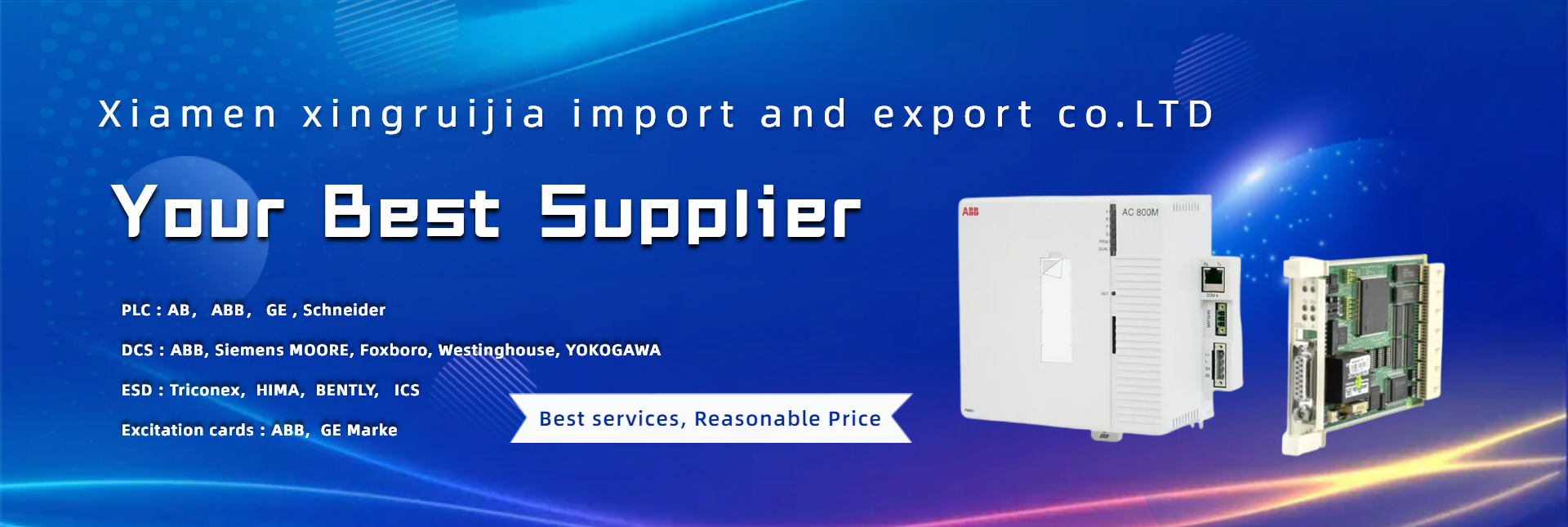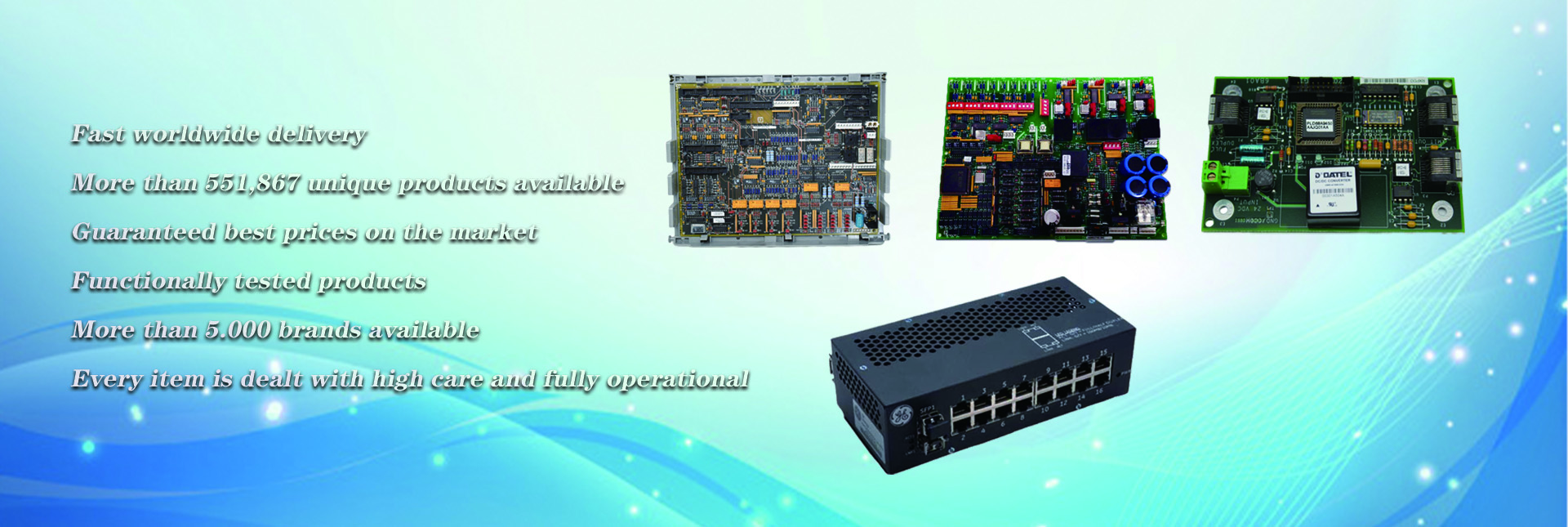The switching action of DC-DC converters may cause poor common mode and differential mode noise, creating unacceptable interference at many points in the spectrum. Front end (or power line) filters are designed to be used before DC-DC converters to reduce electromagnetic interference (EMI). These customizable or readily available front-end filters can be designed to comply with electromagnetic compatibility (EMC) regulatory standards with suppliers of switch mode power supplies (SMPS) or DC-DC converters, such as FCC, ETSI, CISPR, MIL-SPEC, etc.
These ready-made front-end filters are customized based on the electromagnetic characteristics of power conversion equipment. However, other electrical (such as voltage spikes, ripple), mechanical (such as vibration, shock), and environmental (such as high altitude) design limitations must also be considered to meet the needs of military equipment. This article discusses the design considerations for front-end filters and the testing requirements for military equipment DC power modules.
What is a front-end filter?
The design of this input filter is crucial for meeting electromagnetic compatibility (EMC) standards and objectives. Front end or input filters are used for various purposes:
Suppress noise and spikes that may enter the first stage of the power supply,
Reduce the emission noise of fundamental frequency (i.e. switching frequency) and its harmonics
The use of switch mode power supplies in electronic devices is becoming increasingly common, with rich spectral content that may be transmitted to other parts of the circuit through physical contact and interfere with nearby sensitive circuits. As the switching speed increases, noise becomes an increasingly significant issue, especially when fast switching transistors cause interruptions in current flow (resulting in voltage spikes and high-frequency noise). These current interruptions can be found at the input of the step-down converter, the output of the step-up converter, as well as the input and output of the flyback and step-down converters.
Noise sources of various voltage regulators
The input terminal of the DC/DC buck converter has fast switching devices for fast opening and closing, resulting in sharp rising and falling edges (high di/dt) of intermittent current on the capacitor. This will result in the fundamental frequency and several harmonics (usually lower order harmonics) not meeting the standards. The boost converter operating in continuous conduction mode (CCM) will experience EMI at its output due to the need for fast reverse recovery of the diode. Although it greatly reduces power loss, the current change (di/dt) is more aggressive, increasing EMI. In discontinuous conduction mode (DCM), the main current ripple is larger. Ripples will create a changing signal that is transmitted to other parts of the system through conductors in common contact.
EMI: Radiation and Conducted Emissions
Usually, conducted emissions are related to frequencies below 30MHz, while radiated emissions typically fall within the frequency range above 30MHz (usually 50 to 300MHz). However, there is still overlap between the emission of conduction and radiation. In switching power supplies, voltage surges (high dV/dt) are usually the source of radiated noise. As mentioned earlier, conducted EMI typically originates from intermittent currents (high di/dt) and can be decomposed into common mode (CM) and differential mode (DM) noise.
Differential and common mode noise
The DM current is usually dominated by di/dt and will flow between the power line and the circuit; DM noise dominates lower frequencies. It is usually difficult to change the behavior of di/dt without fundamentally altering the circuit. By using passive low-pass EMI filters (such as R-C dampers, L-C, Pi sections, T-sections, etc.) to suppress oscillations caused by intermittent currents, di/dt can be reduced.
The CM current is usually a function of dV/dt and will flow between each power line and ground. When the CM current is coupled to a long conductor or cable, the cable can act as an antenna, making the CM noise more prominent at high frequencies. Based on the length of the cable and the distance between the conductors, as well as the reference ground plane, the loop area of the accidental circuit may be very large. Effective layout design can greatly suppress CM, such as moving conductors closer to the reference ground plane, carefully deploying safety capacitors, shielding connected cable bundles, or placing CM inductive coils in the CM current path. The CM inductor coil also provides a high impedance series connection path, allowing CM current to flow out of the converter through the Y capacitor to form a shunt path for EMI ground.
Both DM and CM will contribute to EMI, and it is often necessary to quantify the noise components of DM and CM to comply with industry EMC standards before designing EMI filters. Input EMI is typically quantified using a Line Impedance Stable Network (LISN) at the input of the Device Under Test (DUT) and a spectrum analyzer.
MCF filters can be simplified and integrated into military systems
EMI filters cannot be simply randomly selected to ensure that the power supply meets standards, and the process of designing these filters can be very complex, with high non repetitive engineering costs (NRE). This is particularly true in military equipment, where onboard subsystems in military vehicles and aircraft are powered by 24V batteries or 28V generators, which have strict requirements for multiple aspects. COTS equipment and customized solutions may not be feasible. P-DUKE provides DC-DC converters ranging from 15W to 250W, paired with relevant MCF front-end filters, to meet military requirements for EMC and surge suppression.
Post time: Mar-25-2024


